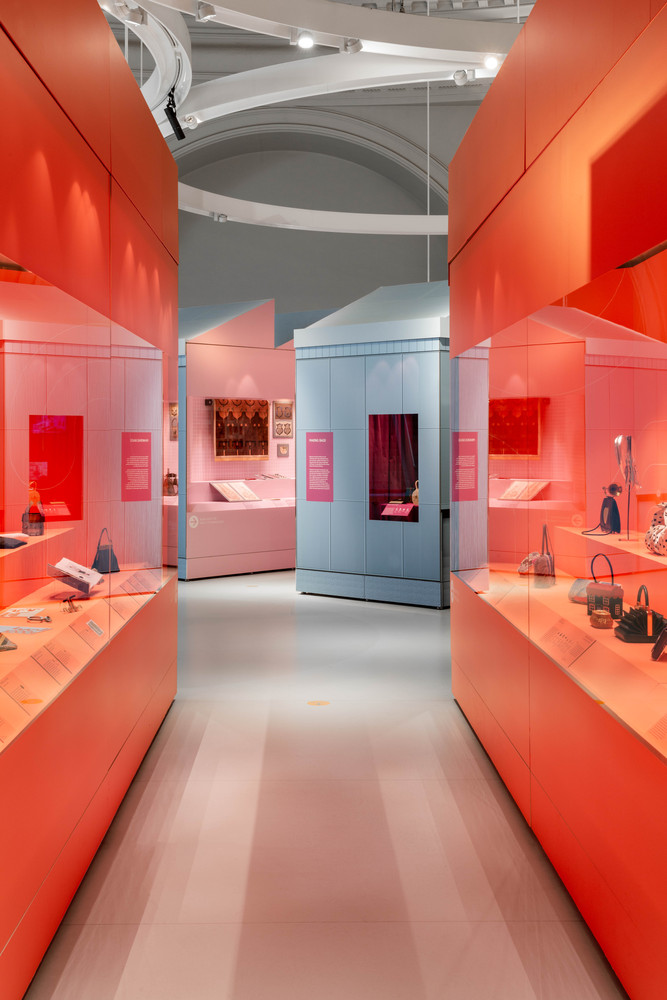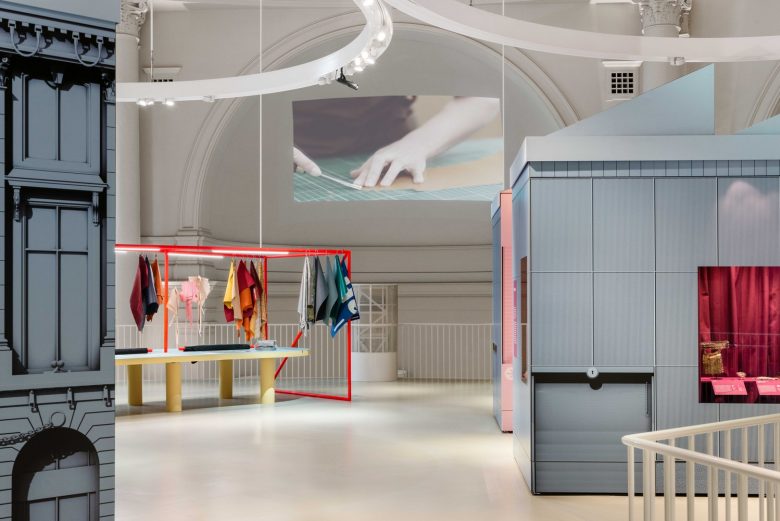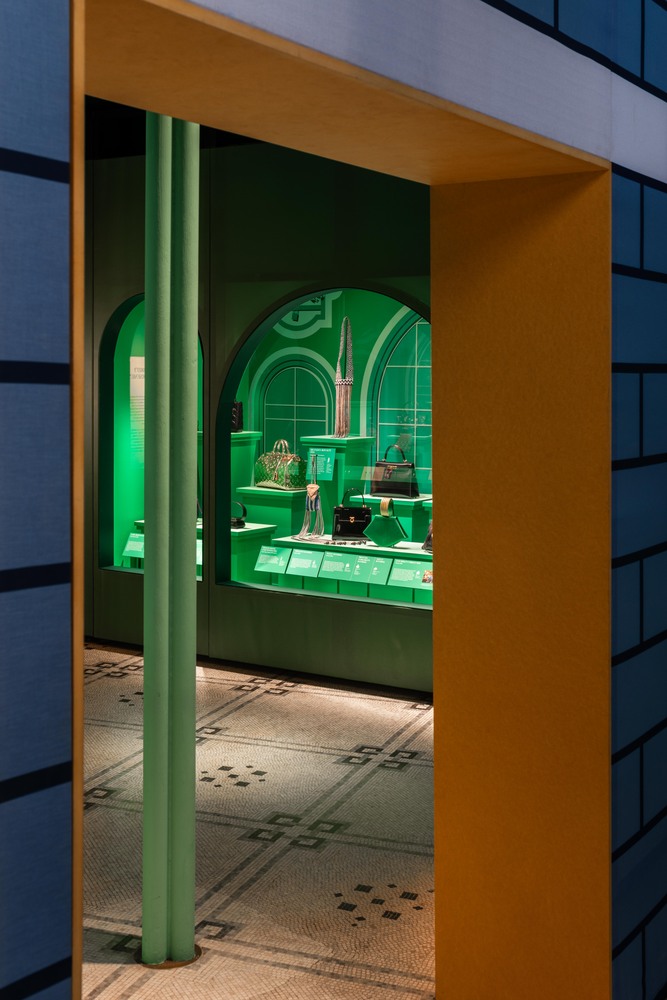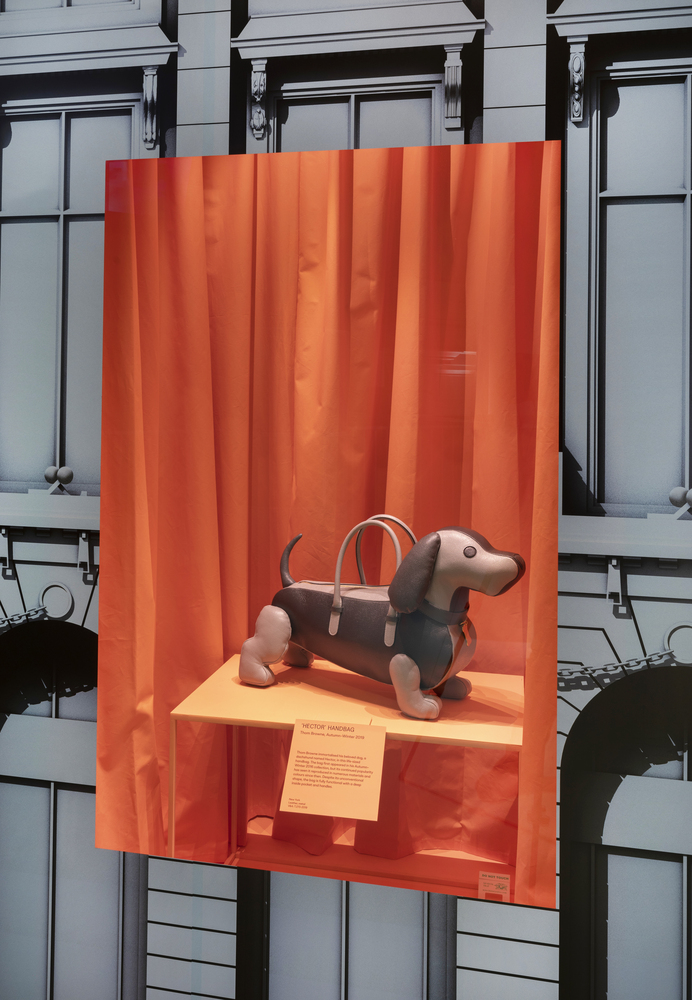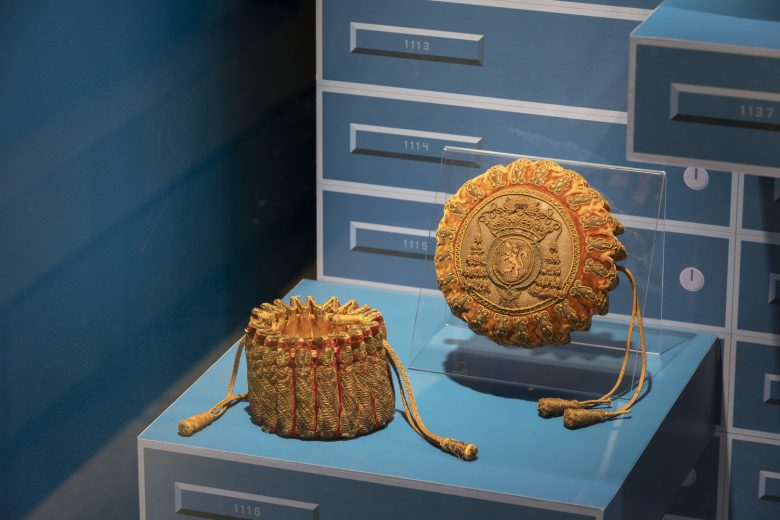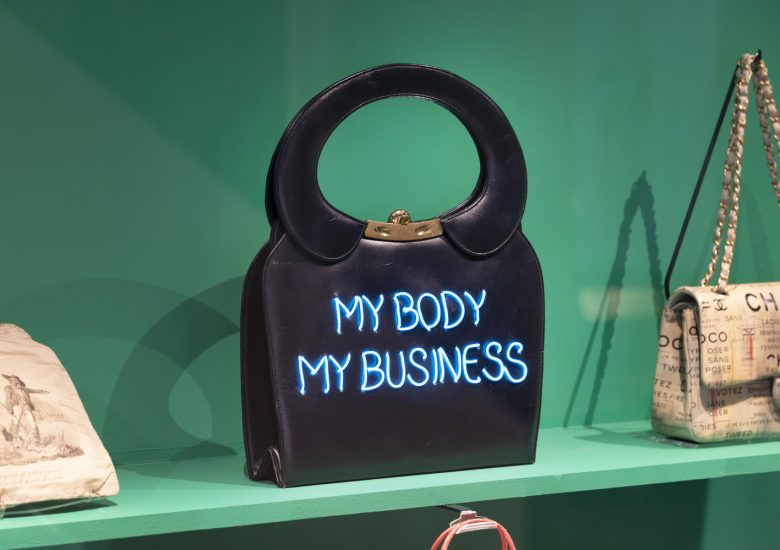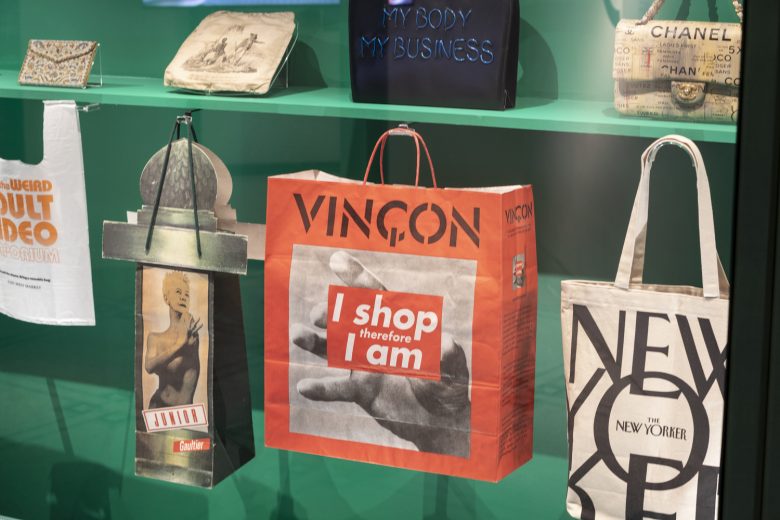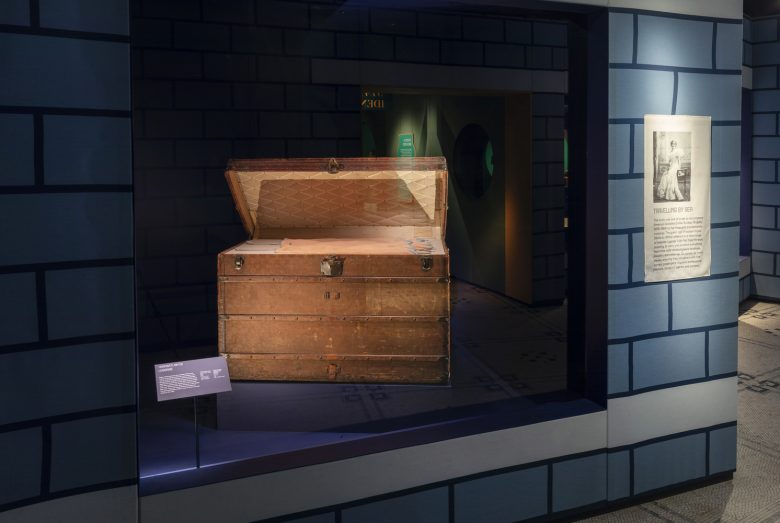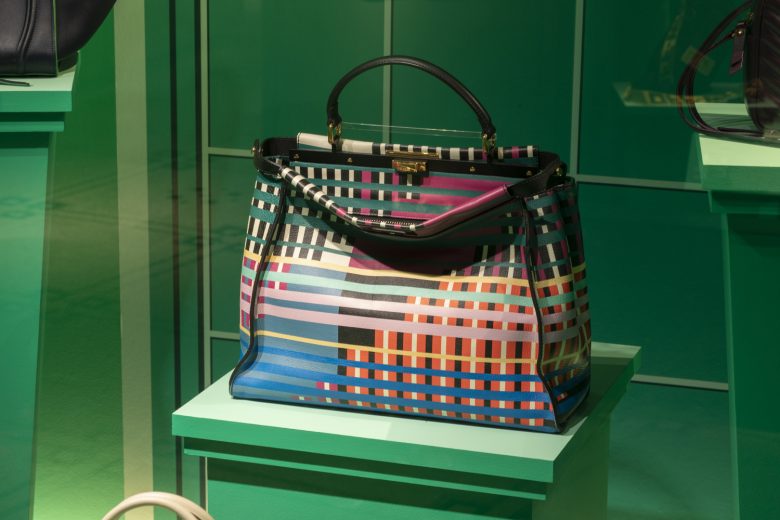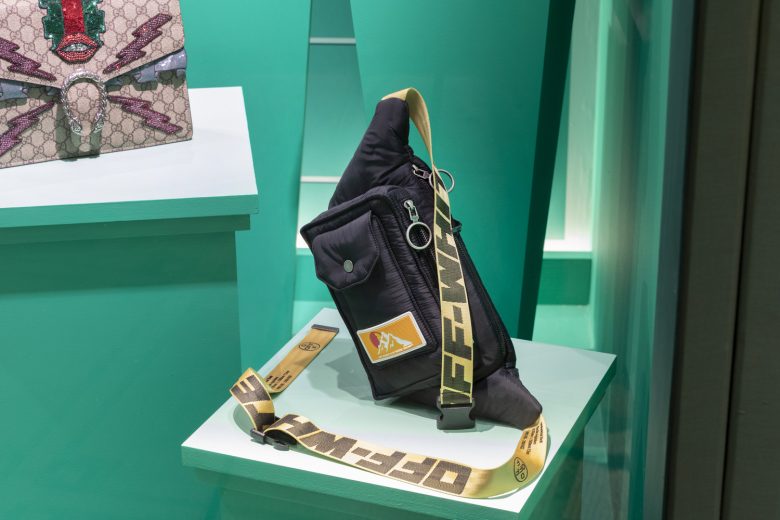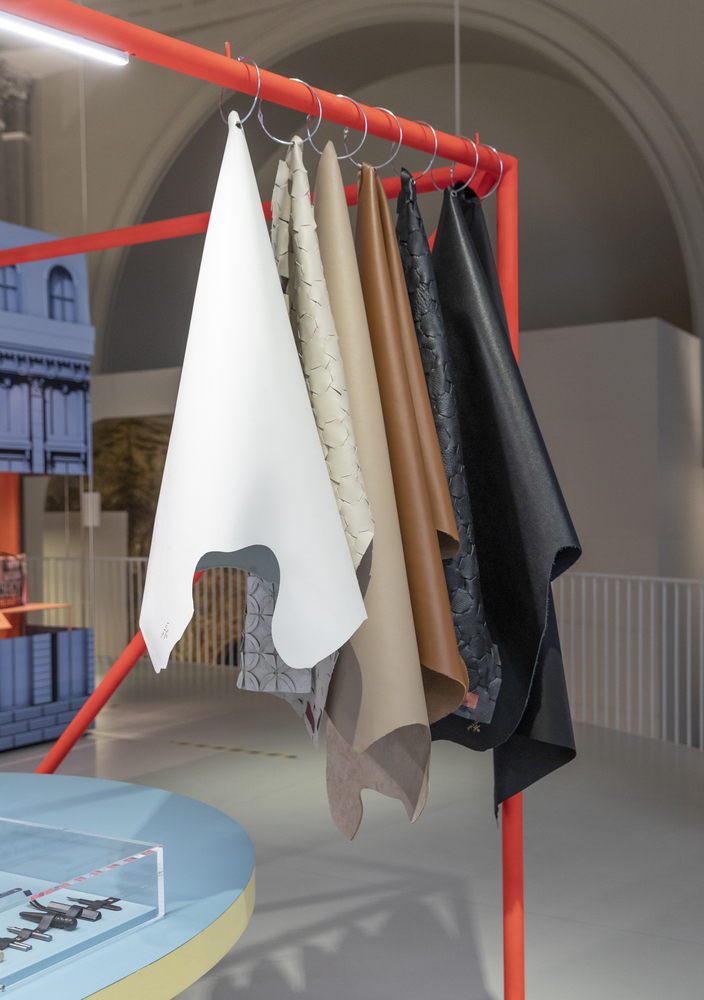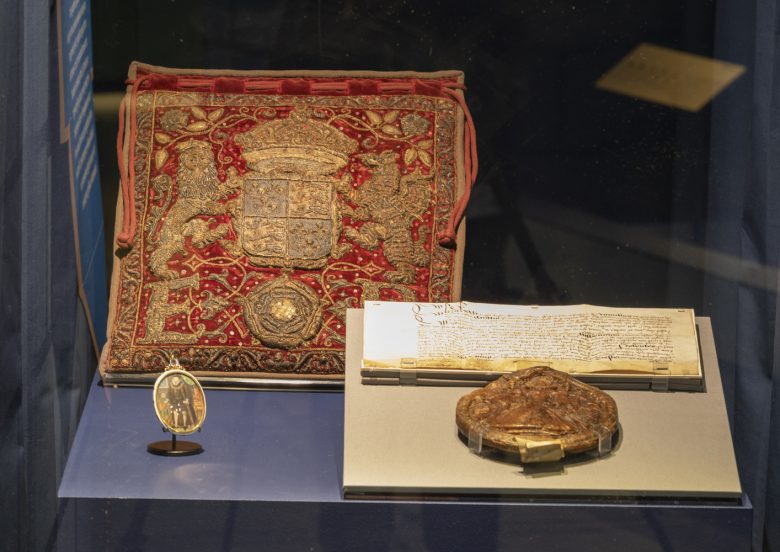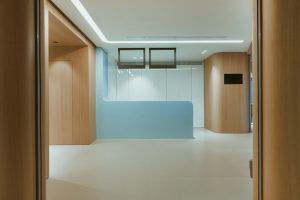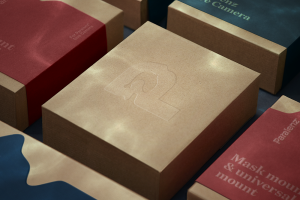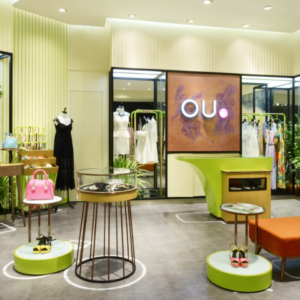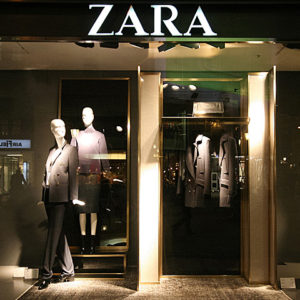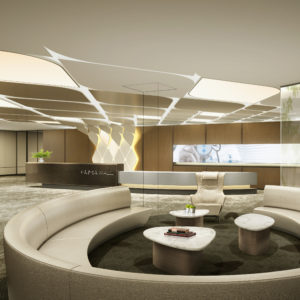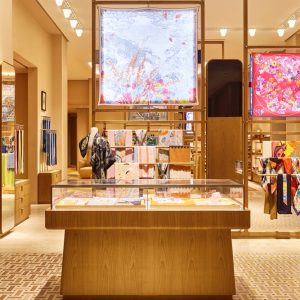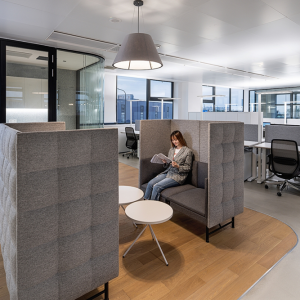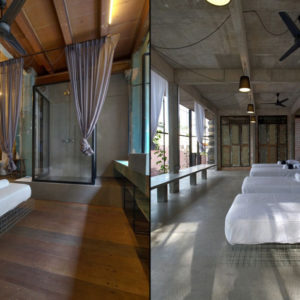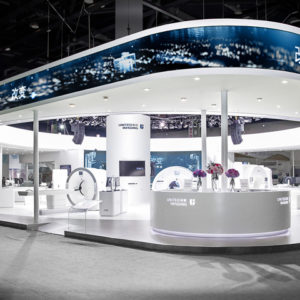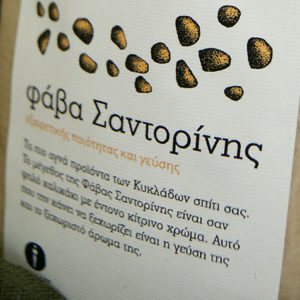
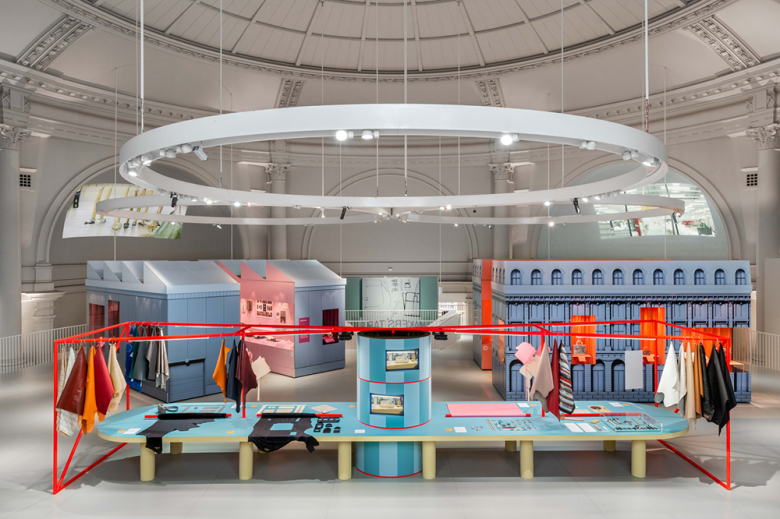
Bags: Inside Out at the V&A is the UK’s most comprehensive exhibition dedicated to the ultimate accessory. Curated by Dr. Lucia Savi and designed by Studio MUTT, with graphic design by Heather Whitbread at V&A Design Studio, and lighting by Studio ZNA, the exhibition features 300 items from designer handbags to despatch boxes, vanity cases to military rucksacks and explores our longstanding fascination with the bag.
The design of the exhibition responds to the particular duality of bags – at once symbolic and intimately private – by creating two very different experiences across both levels of the Fashion Gallery, refurbished in 2013 by 6a. The lower level, entered through a supersized zip with suspended charm-like brass signage, reflects the rich interiors of bags with colourful rooms, pockets, and alcoves, while the upper level creates a miniature cityscape from existing cabinets disguised as a fashion atelier and a bag factory for visitors to wander through.
The existing lower level of the gallery is a challenging space, made up of 12 existing cabinets arranged in no particular sequence. Studio MUTT embraced the oddness of the space, looking to the poche plan of the museum as inspiration to create a series of semi-transparent rooms to form curatorial sections. Colourful fabric walls, stretched around timber frames, line rooms, and divide spaces, while screen-printed patterns on the fabric add a layer of ornament to the spaces.
The first section of the exhibition on Function examines bags as practical objects designed to hold our belongings. From holiday outfits to confidential documents, make-up to money, and even gas masks, the design and materials of our bags often reflect their intended purpose as functional objects. Screen-printed blockwork and lintel patterns on the fabric walls create a surreal functionality in the space, and decoration within the cases exaggerates the curatorial narrative.
Status and Identity, the second ground floor section, looks at the role of the bag in celebrity culture and its notoriety among the political and societal elite. Featuring a Hermès ‘Kelly’ named in honour of Grace Kelly and a ‘Lady Dior’ handbag named after Princess Diana, the section explores the powerful and influential world of celebrity endorsement. A series of arched openings in the green fabric walls frame views of the objects, which are elevated on new classical-inspired plinths, sampling those found throughout the museum.
Upstairs, the third section of the show looks at the Design and Making process from sketching to sampling, sewing to selling. Four large glass cabinets have been clad as an imagined Parisian fashion house and an anonymous industrial building, reflecting the different ways in which bags are conceived and made The buildings are split and pulled apart to create alleys and are arranged as a miniature cityscape through which visitors are encouraged to wander and explore. This section includes innovative and often limited-edition collections such as Prada’s nylon bag reinvented by Japanese architect Kazuyo Sejima, Valextra’s collaboration with Bethan Laura Wood and the ‘International Woman’ suitcase by Tracey Emin for Longchamp. Bags are displayed in curtain-lined windows, focusing the view on small and delicate objects in large cabinets.
Finally, The Makers’ Table, a supersized, theatrical workshop table, presents an opportunity to get up close to the techniques and materials used in making bags. A 10m long table was recycled from a previous exhibition, saving it from landfill. It has been refurbished with a new linoleum top, an overhead railing for hanging material samples, and a central, spool-like drum for displaying talking head interviews with Mulberry, Bill Amberg and Elvis & Kresse. The tabletop contains sketches, samples, tools and prototypes from international fashion houses and emerging designers.
Architects: Studio MUTT
Lead Architects Concept And Project Development:Graham Burn
Lead Architects: James Crawford, Alexander Turner
Photographs: French + Tye, Studio SP
